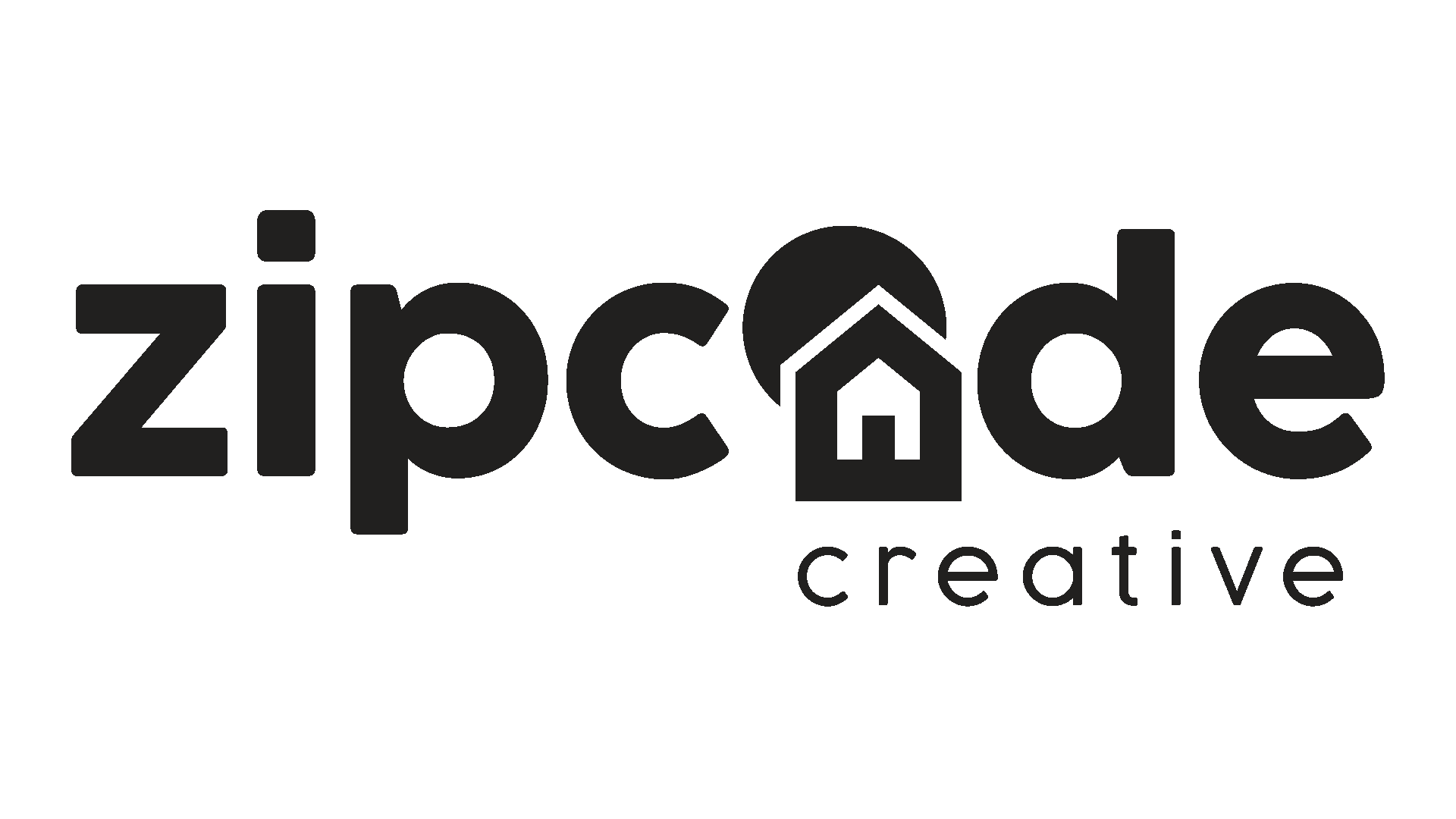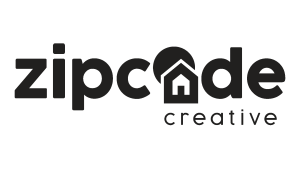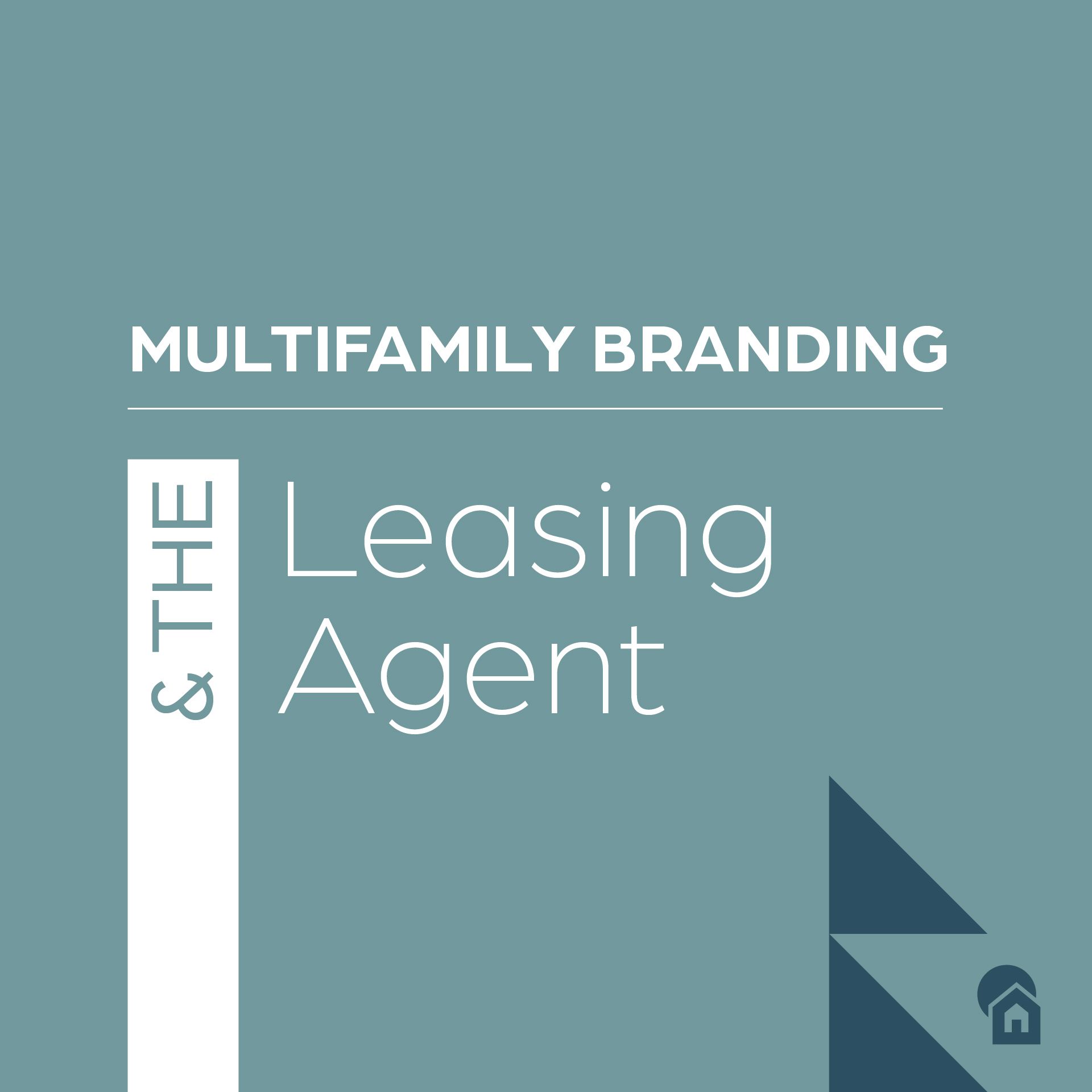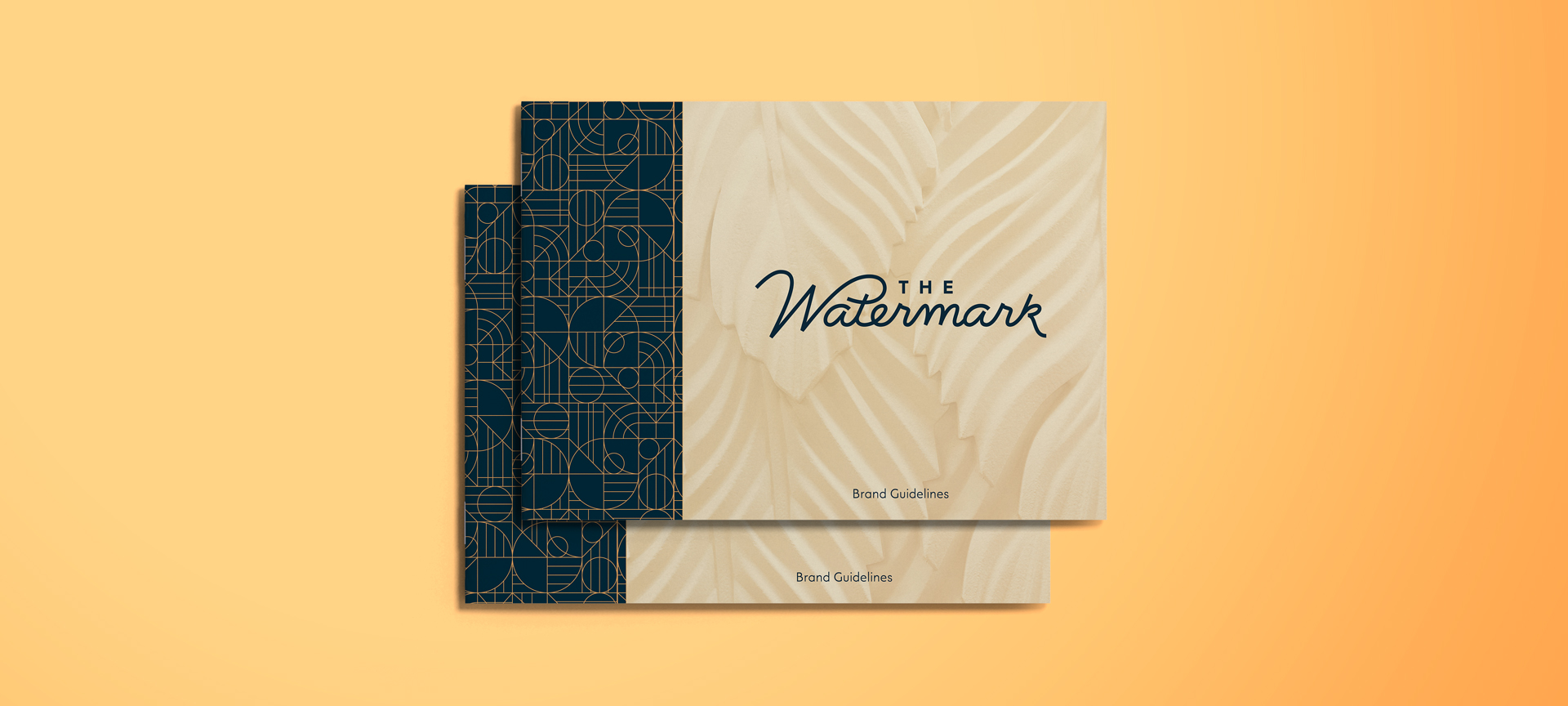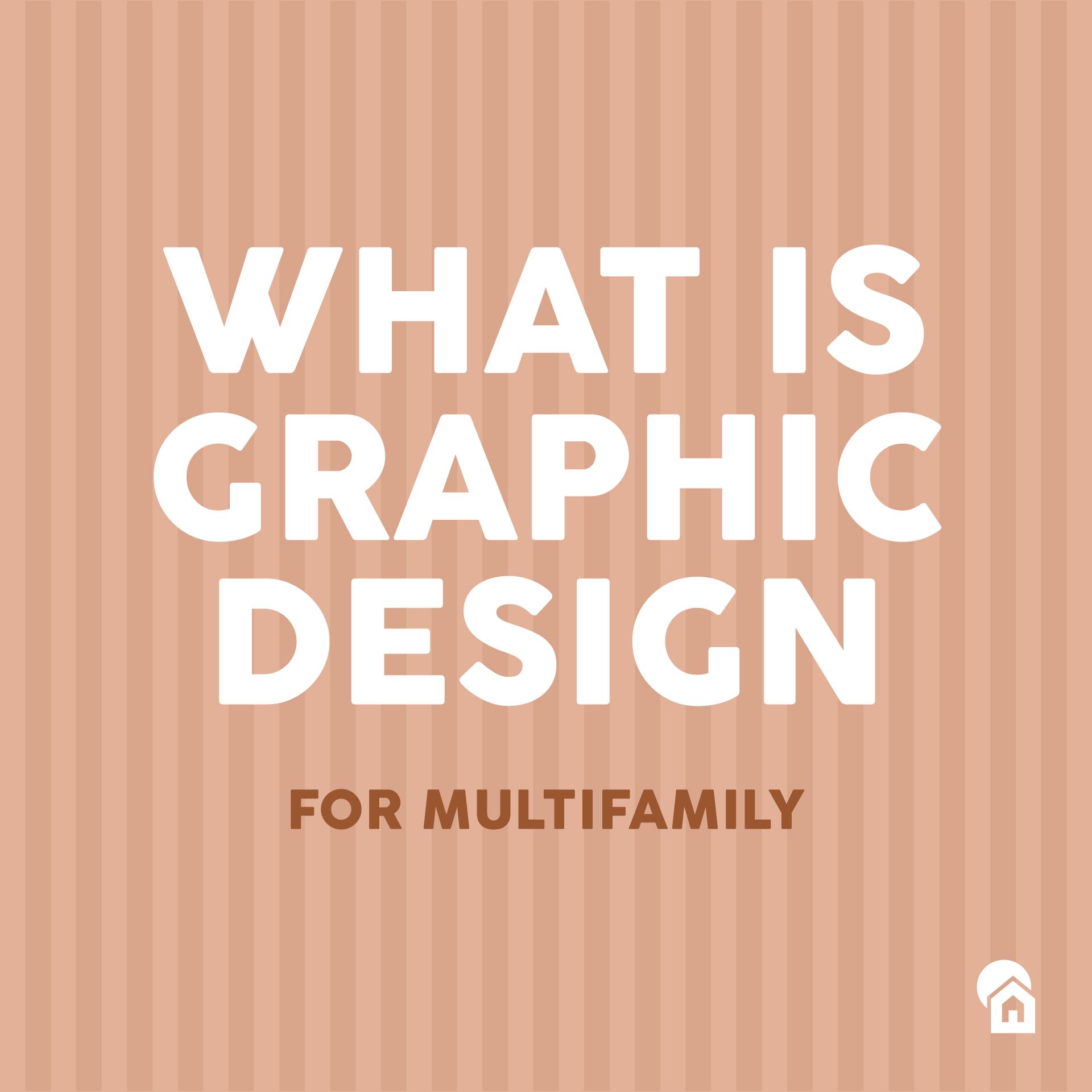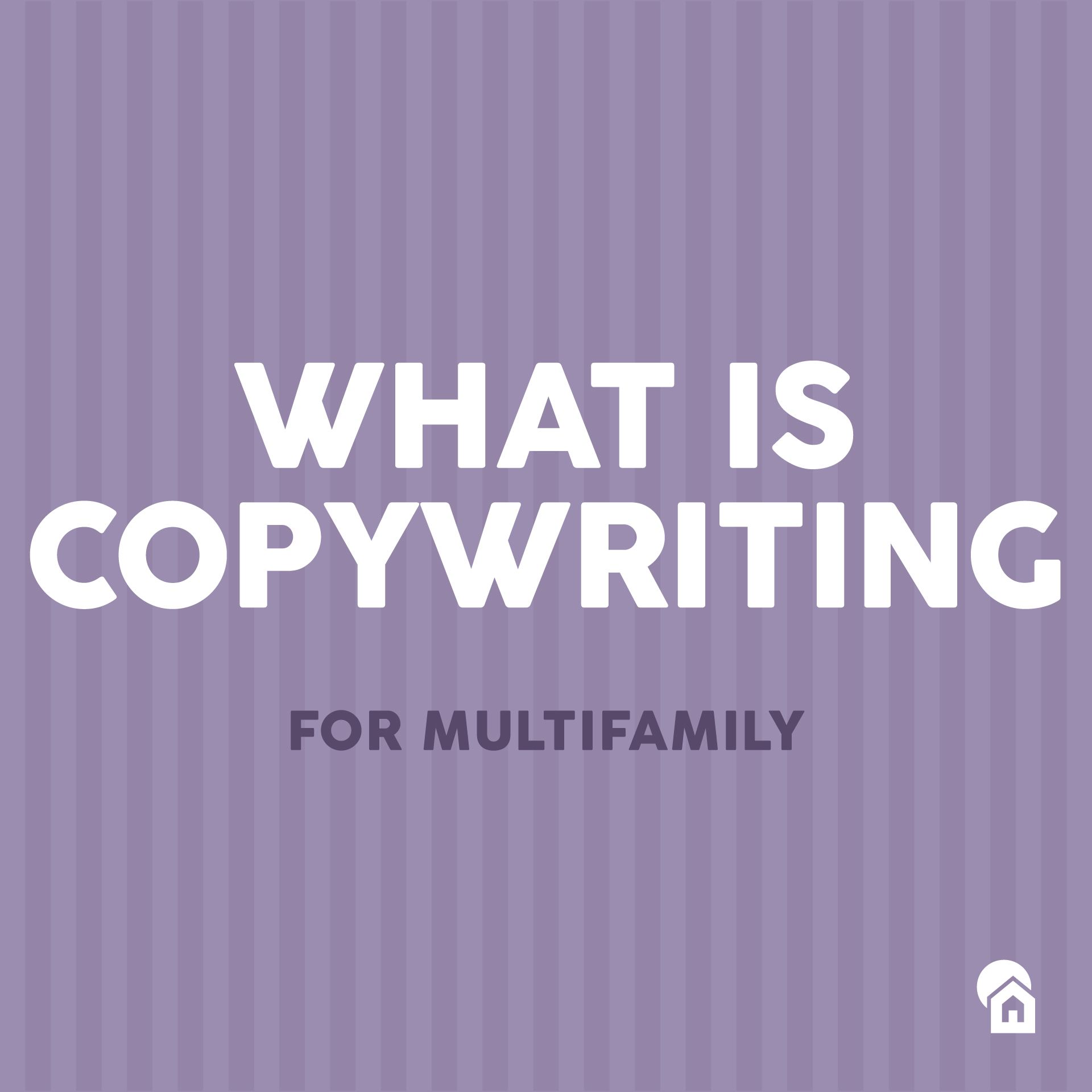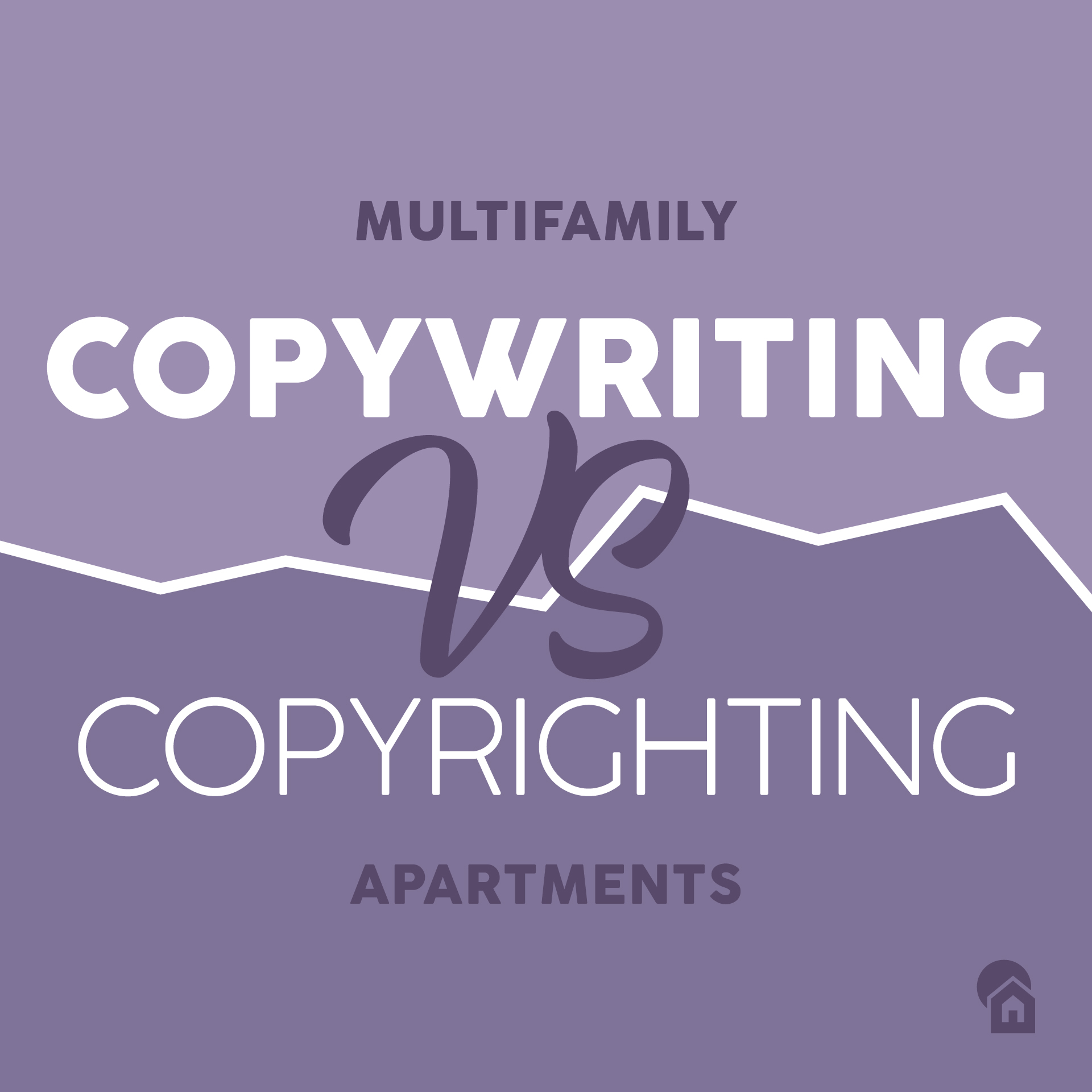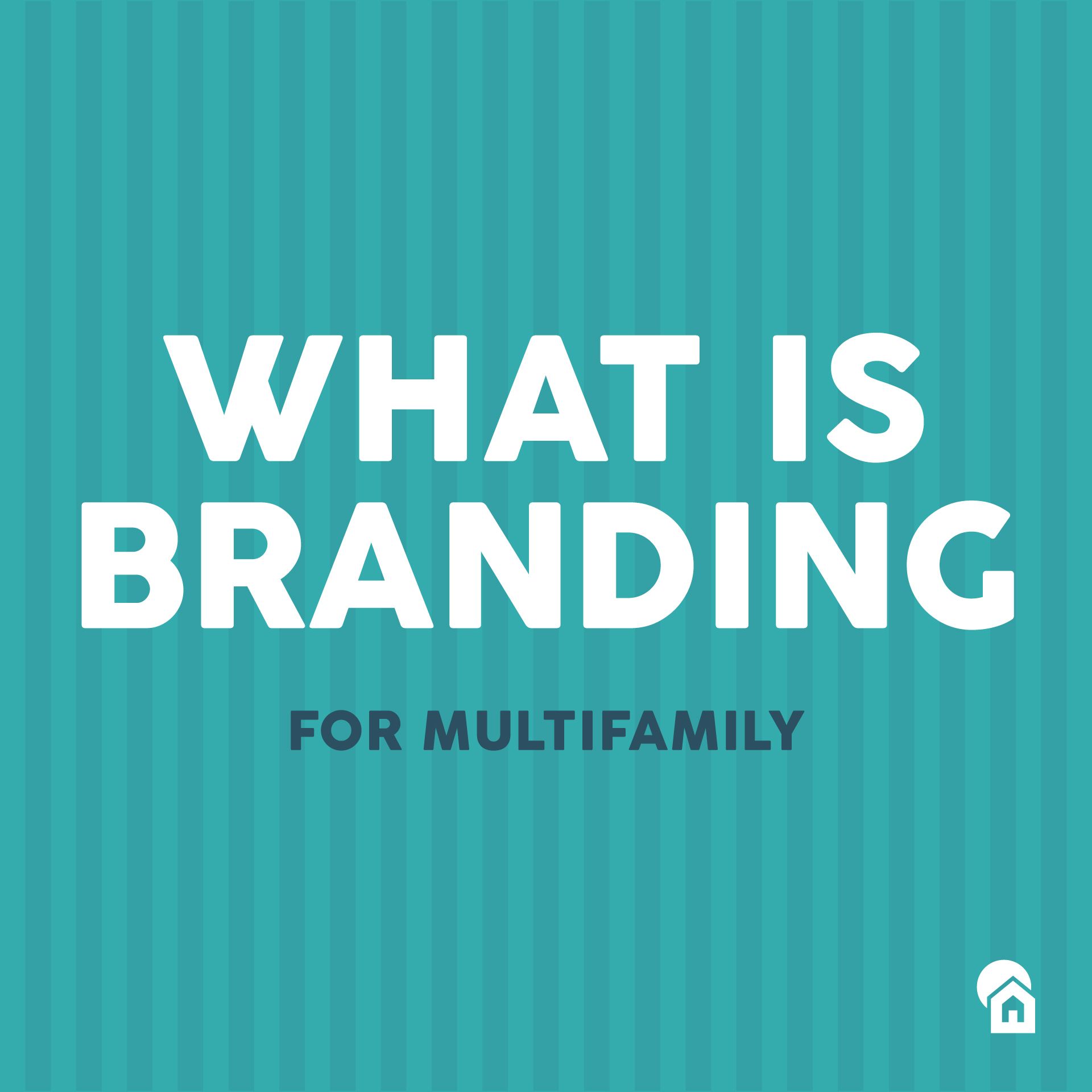Regional Property Managers and Multifamily Branding
Regional managers have a lot on their plate, from budgets to facility maintenance to resident satisfaction. But is branding really part of your job description as well? Absolutely, because marketing is. Read on about how multifamily branding should be one of your concerns as regional manager, to help create a robustly branded community.
Curb Appeal
For multifamily and far beyond, signage is the perfect way to capture traffic going by—whether on foot or in a car (or on a bike) and branding your curb appeal. Through using your marketing message on your signage you can get attention. At the root of your signs—is your brand. Make it a real showstopper.

MARKETING SIGNAGE
What kind of exterior signs work best for curb appeal? Well-designed and thoughtfully positioned ones. As a regional property manager, you may be responsible for determining what type of signage would help drive leads to your properties during site visits.
Flags – Single or double-sided, this style of sign works well as a quick call-out to get attention. A row of 2-3 flag signs can help display even more information, used more as a series.
Banners – Elegance! Capture the attention of passersby with banners on your building, fence or garages—whichever surfaces face the major roads.
Bootlegs – Yard signs are short and sweet and best for walkers-by since they’re on the smaller side. Be sure to get to the point.
Boulevard Banners – Light pole signs are a great way to show off who you are with permanent exterior signage that tells your brand story as they drive in.
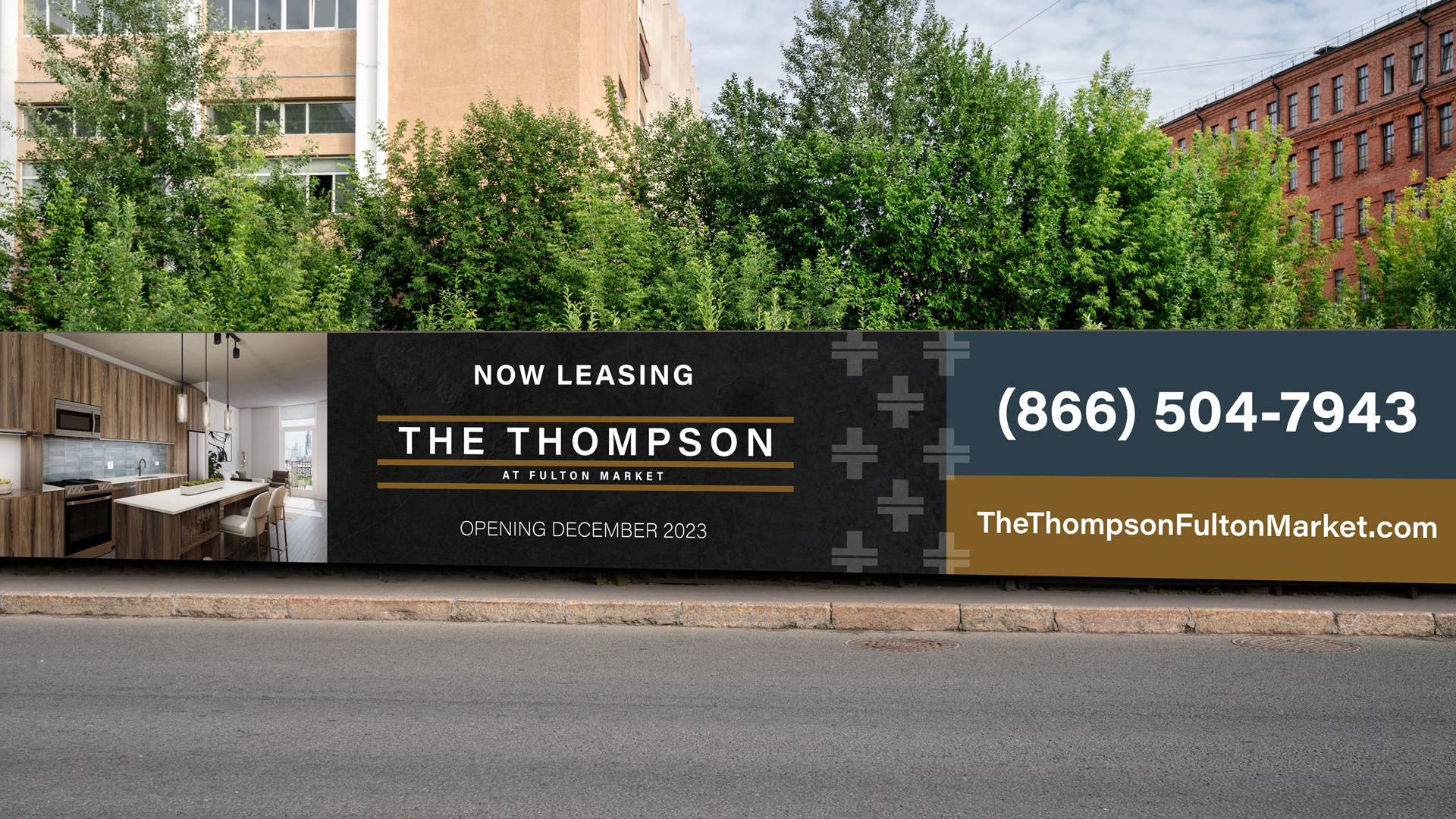
SIGNAGE DESIGN
Make sure everything you put out is on brand! Signage should be these three things to fully capture the attention of passersby:
Well-Placed – Strategic placement is key. Likely exterior marketing signs will be viewed at a distance as people pass by in a vehicle. Make sure they can see and read it well.
Clear Messaging – Don’t share too much on one sign; it has to get the point across quickly and concisely.
Brand Consistency – Use the same typography, textures, and color palettes from your brand guide – even signage is an opportunity for establishing brand recognition (so they remember you!)
Marketing Needs and Implementation
The regional property manager has much to do with identifying needs for the community. This includes determining marketing needs or problems and the best ways to solve them.
FOR THE LEASING AGENT
Helping out with the sales process means you’re going to provide a lot of guidance for the onsite leasing agent. Marketing collateral: print outs, brochures, floor plans, help with ordering business cards and “Thank you” notecards will probably need a little extra oversight from you. Get the brand guidelines in order and provide them to your supervisees. Look at what your onsite agents most need and help them get those designed and printed to be on-brand.
DIGITAL MARKETING
Driving leads through digital marketing is an important aspect of your “marketing mix.” Use digital marketing with your brand guidelines handy so you don’t stray far from what’s recognizable as Your Community. Social media graphics should reflect it well. Google Ads should clearly communicate your brand. Digital ads should look like your brand, and no other. Using fonts and colors and stock photography that are drawn from your brand guidelines is a foolproof way to keep the brand intact, even when you have multiple marketing channels running at once. Email marketing will require a close review, too.
BRAND ACCURACY
As the regional manager, you’re the enforcer of the community brand as the liaison between corporate and the on-site teams. We’re not calling for micromanagement, but ensure you’re providing the brand guidelines (and easy ways to use them) for your on-site leasing managers.
You’re the gatekeeper of the brand—keep an eye out for cohesion and appropriate logo use. And don’t be afraid to give compliments to an on-site manager for following the guidelines to a “T”!
